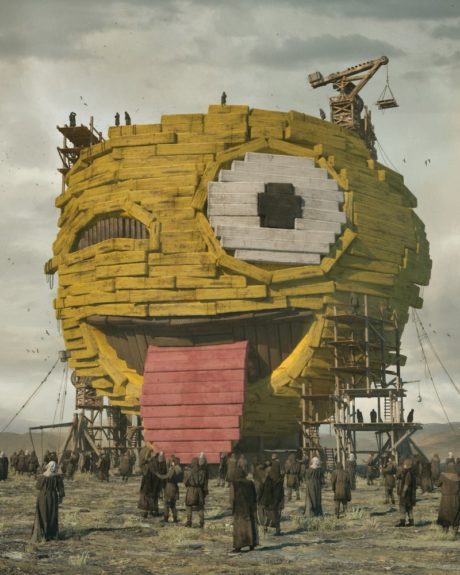Jessie Schwarz, a 32-year-old entrepreneur, and her pals spent $208,000 for a non-fungible token (NFT) of an NBA Top Shot video clip of basketball superstar LeBron James slam using FLOW tokens in February.
Schwarz now possesses a token that verifies he owns the rights of that exact video clip, despite the fact that anyone can see it for free on NBA Top Shot or YouTube.
Mr. Schwarz’s purchase is only one of numerous forays into NFTs that investors have undertaken this year, with tens of millions of dollars being paid for digital artifacts that appeared to be outrageous.
Other examples include Twitter’s CEO, Jack Dorsey, selling his first-ever tweet as a newly minted NFT for 1,630.6 ether, the Ethereum blockchain’s digital currency, which at the time was equivalent to $2.9 million.
Electronic music producer 3LAU (Justin David Blau) sold a collection of limited edition NFTs for $3,666,666. This brought his total NFT sales of 33 unique items to $11,684,101; and a 10-second video artwork by the artist.
So, What Is It About These NFTs That Has Sparked Such a Frenzy?
First, the basics – The term “non-fungible token” refers to a token that is not fungible. NFTs are analogous in some aspects to cryptocurrencies and digital assets such as bitcoin and ether, to which the world has grown used.

They are, nevertheless, distinct in several essential aspects. The most significant distinction is that an NFT is linked to the value of a specific object, such as digital artwork, and so serves as proof of ownership.
CryptoPunks was one of the first NFTs to be released on Ethereum, and it’s still going strong. With all 10,000 CryptoPunks characters in existence designed to be different from one another through their underlying codes, this project has had a significant impact on the development of NFTs, notably in the field of digital art.
These features set NFTs apart from other cryptocurrencies, allowing them to be utilized for nearly anything that can be saved digitally, such as video games, music files, and digital art. Indeed, given the disruptive influence NFTs have on the worldwide art sector, the latter is undoubtedly the most compelling use case for NFTs.
Thanks to advances in distributed ledger technologies, digital collectors can now have immutable ownership of goods like art. At the same time, investors can profit from them in the same way they do from any other asset class.
Using the NFT approach has tangible advantages. Creators can sell their works directly to buyers without having to go through an intermediary.
This increased transaction efficiency allows creators to keep more of their income while also preventing consumers from incurring fees on their end. Furthermore, because NFTs may be integrated into digital artworks, artists can make more significant royalties. This allows them to collect a percentage of profits anytime their works are sold to other customers.
US entrepreneur and NFT- and crypto-enthusiast Mark Cuban recently said, “It’s chill. It’s easy to buy, it’s easy to sell, it’s easy to hold, it’s easy to look at on your phone. We value things that are digital. It doesn’t have to be only physical any longer.”
With all of this activity, it’s no surprise that NFTs have exploded in popularity this year, with some digital artworks fetching ridiculously high prices. According to NonFungible.com, sales of such tokens soared to an incredible $2 billion in the first quarter of this year, more than 20 times more than the final quarter of 2020.
Is NFT All A Bubble?
However, like with the rest of the cryptocurrency industry and other sectors like equities and notable purpose acquisition companies (SPACs), speculation abounds whether NFTs have entered bubble territory.

“I think it’s a bubble,” Beeple stated to CoinDesk, a renowned cryptocurrency news outlet. “If it isn’t now a bubble, I feel it will be at some time since there are so many individuals racing into this space,” he added.
In March, he admitted to CNN that he “may be the main winner” of the bubble. However, it should be noted that the present NFT market capitalization of about $30 billion is a drop in the bucket compared to previous recent purported bubbles, implying that there is still an opportunity for investors to engage in the future.
NFTs, on the other hand, might be a goldmine for artists looking to break into the digital space—or at the very least, a chance to make a fair livelihood. They also make it easier for artists and their followers to form direct, more intimate relationships by removing the need for go-betweens in transactions.
And, as a new marketplace, there will likely be a price discovery process that evolves in the following months. How the space grows and becomes more respectable, like with all things crypto and token-related, will be particularly intriguing to watch.












